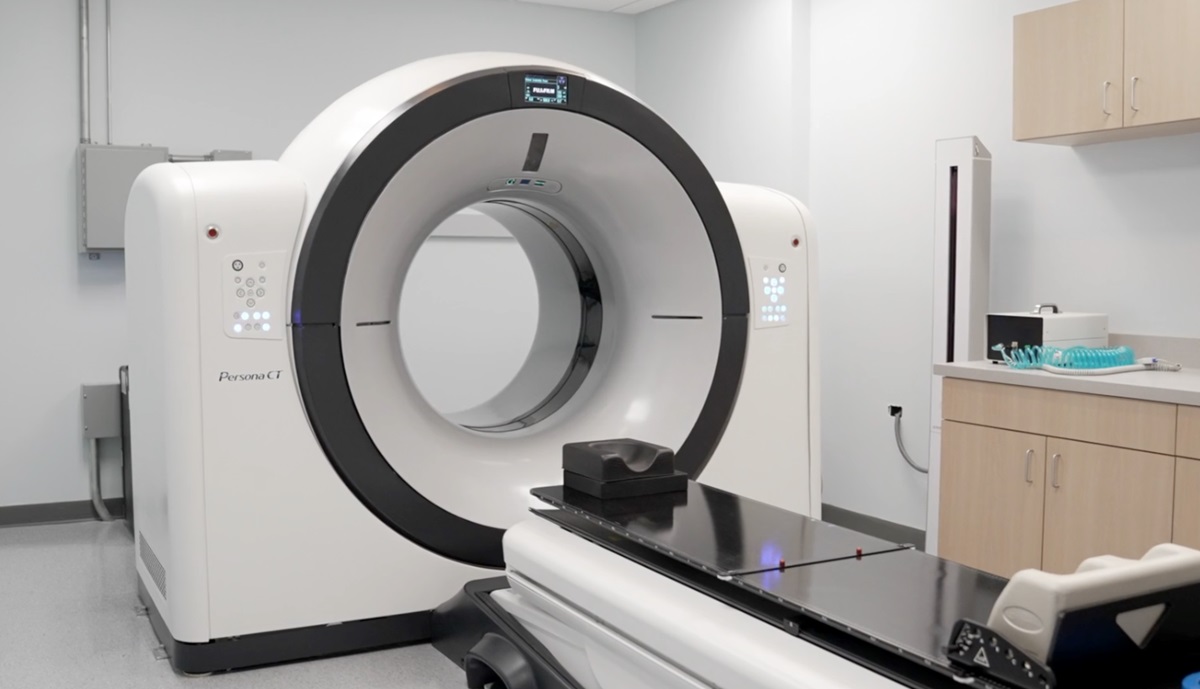Advanced Diagnostic Tools in Urology: Enhancing Patient Diagnosis and Care

Urology, a vital branch of medicine, focuses on the health of the urinary system and male reproductive organs. With advancements in technology, the field has seen a significant leap in the accuracy and efficiency of diagnosing various conditions.
Today, let’s delve into the world of advanced diagnostic tools in urology and how they are revolutionising patient diagnosis and care.
Cutting-Edge Imaging Techniques
One of the most significant advancements in urology diagnostics is the development of sophisticated imaging techniques. High-resolution ultrasound, magnetic resonance imaging (MRI), and computed tomography (CT) scans provide detailed images of the urinary tract, kidneys, and prostate.
These tools allow urologists to detect abnormalities such as tumours, stones, and structural issues with unparalleled precision.

Urodynamic Testing: Assessing Bladder Function
Urodynamic testing is a cornerstone in evaluating bladder function. It involves measuring the pressure and volume of the bladder and urethra during filling and emptying.
This testing is crucial for diagnosing conditions like urinary incontinence, overactive bladder, and neurogenic bladder. By understanding the dynamics of bladder function, urologists can tailor treatment plans to the specific needs of each patient.
Cystoscopy: A Closer Look Inside
Cystoscopy is a procedure that allows urologists to examine the interior of the bladder and urethra using a thin, flexible tube with a camera called a cystoscope.
This tool is invaluable for detecting bladder tumours, stones, and other abnormalities. The procedure is minimally invasive and provides real-time visuals, enabling prompt and accurate diagnosis.
The Role of Biomarkers in Prostate Health
Prostate-specific antigen (PSA) testing is a well-known biomarker used in assessing prostate health. Elevated PSA levels can indicate prostate cancer or other prostate-related conditions.
However, recent advancements have introduced new biomarkers that offer improved specificity and sensitivity, reducing the likelihood of unnecessary biopsies and treatments.
Molecular Diagnostics: A Leap Forward
Molecular diagnostics is a rapidly evolving field in urology. Techniques like fluorescence in situ hybridisation (FISH) and polymerase chain reaction (PCR) are being used to detect genetic abnormalities associated with urological cancers.
These tools provide a deeper understanding of the molecular basis of diseases, paving the way for personalised medicine and targeted therapies.
The Impact of Teleradiology
Teleneurology, the application of telemedicine in urology, has gained momentum, especially in the wake of the COVID-19 pandemic. It enables remote consultations, follow-ups, and even remote monitoring of certain conditions.
This approach not only enhances accessibility to urological care but also ensures continuity of care while minimising the risk of infection.
Navigating the Future with a Urologist
The advancements in diagnostic tools in urology have significantly improved the accuracy and efficiency of patient diagnosis and care. If you’re experiencing urological symptoms or concerns, consulting with a qualified urologist is the first step toward receiving the best care.
They can guide you through the diagnostic process, utilising the latest tools and technologies to ensure a precise diagnosis and effective treatment plan.
In summing up, the landscape of urology is continually evolving, with advanced diagnostic tools playing a pivotal role in enhancing patient outcomes. These innovations not only improve the accuracy of diagnoses but also pave the way for more personalised and effective treatments.
As we look to the future, the potential for further advancements in this field remains vast, promising even better care for patients with urological conditions.









